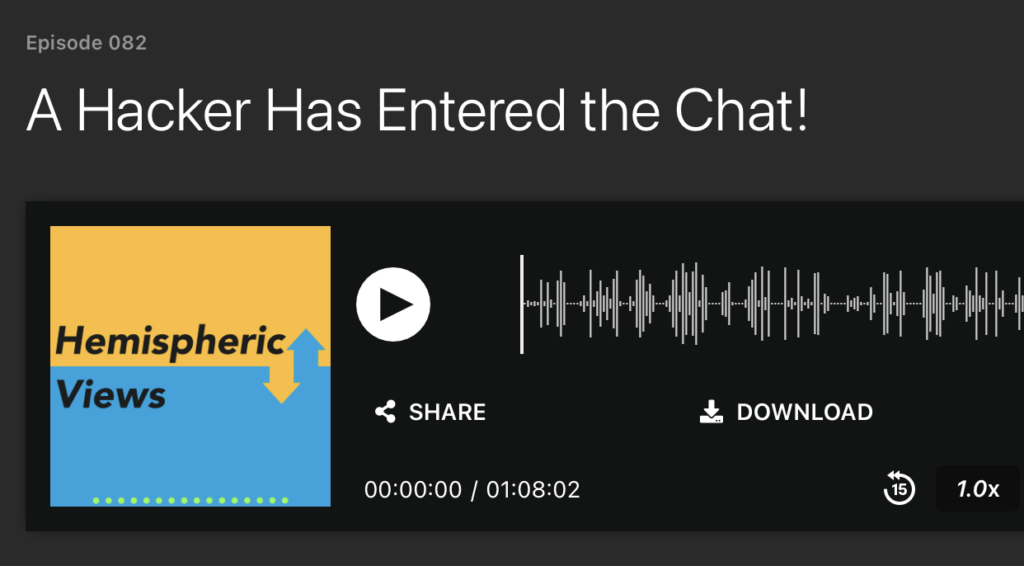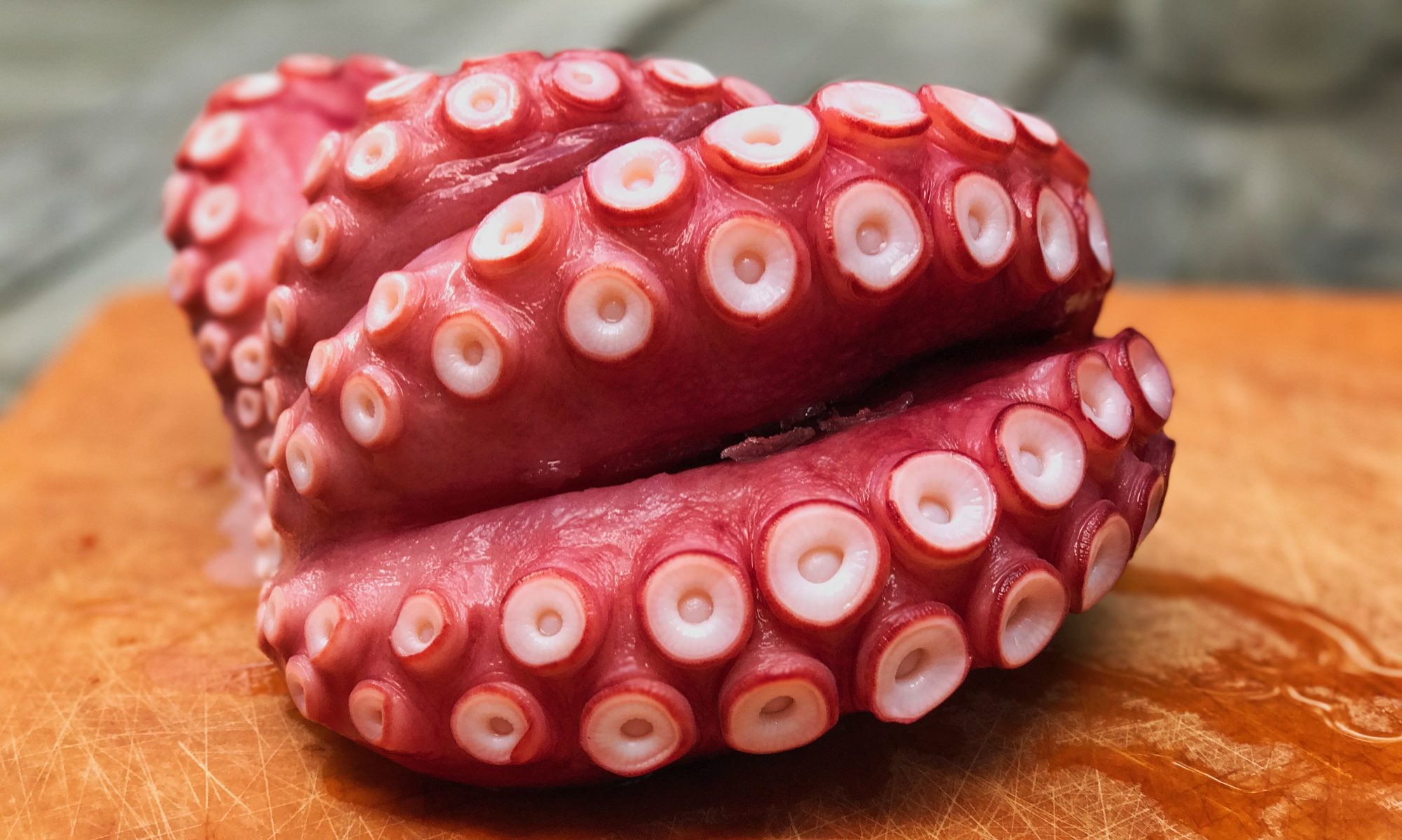Vermont was the first of four states, along with Maine, Hawaii and Alaska to ban billboards – Vermont voters did not want to disrupt the natural view of their state, and I assume the other states had similar reasoning. We owe so much to people and politicians who put a stake in the ground to protect natual beauty when it was still possible, for the sake of future generations.
Joshua Tree 2024
Amy and I spent the first days of April in Joshua Tree, and had an amazing time exploring the boulders and cactuses (monzogranite and cholla).
The hikes there are mostly short – pull over, do a mile or two, get back in the car and find another. But some are longer, like the day we veered off the Split Rock trail to find the Miners’ Boulder Cabin, which gold rush miners created by finding a natural confluence of boulders and patching in smaller ones, sticks and boards, and making a hammered tin roof – some of their leftover gear is still present to this day.
On our very first hike, we were visited by a beautiful coyote, out looking for dinner.
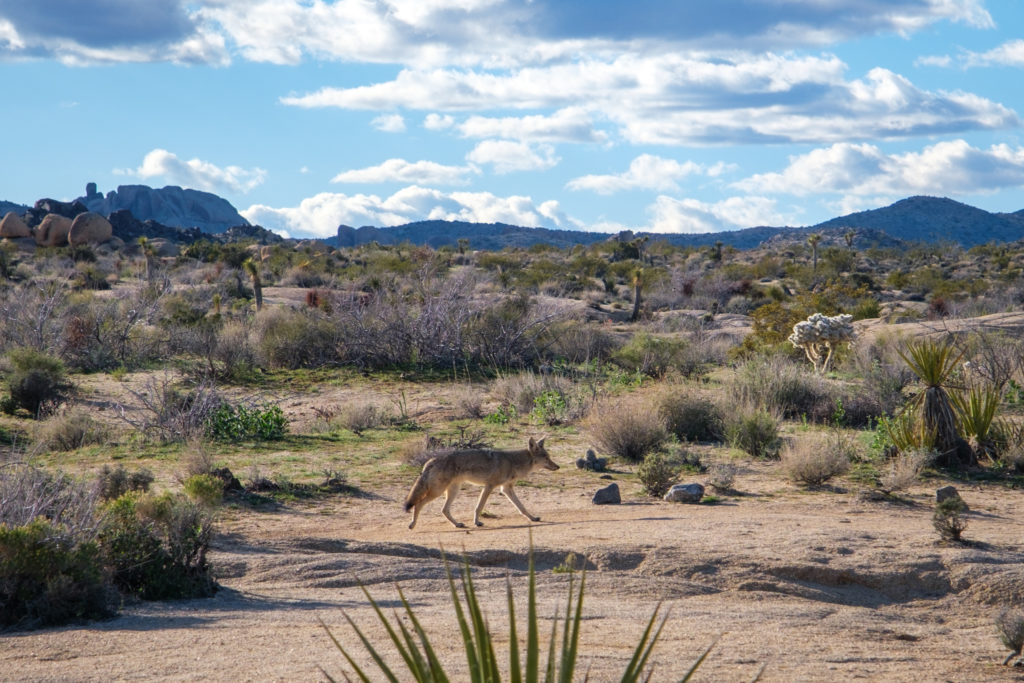
We had another amazing evening watching desert stars from “Star Box” – a property out in Wonder Valley that the owner granted access to for a small fee. We had some fun doing light painting while waiting for full darkness and the stars’ own light show. Such a peaceful, beautiful evening.
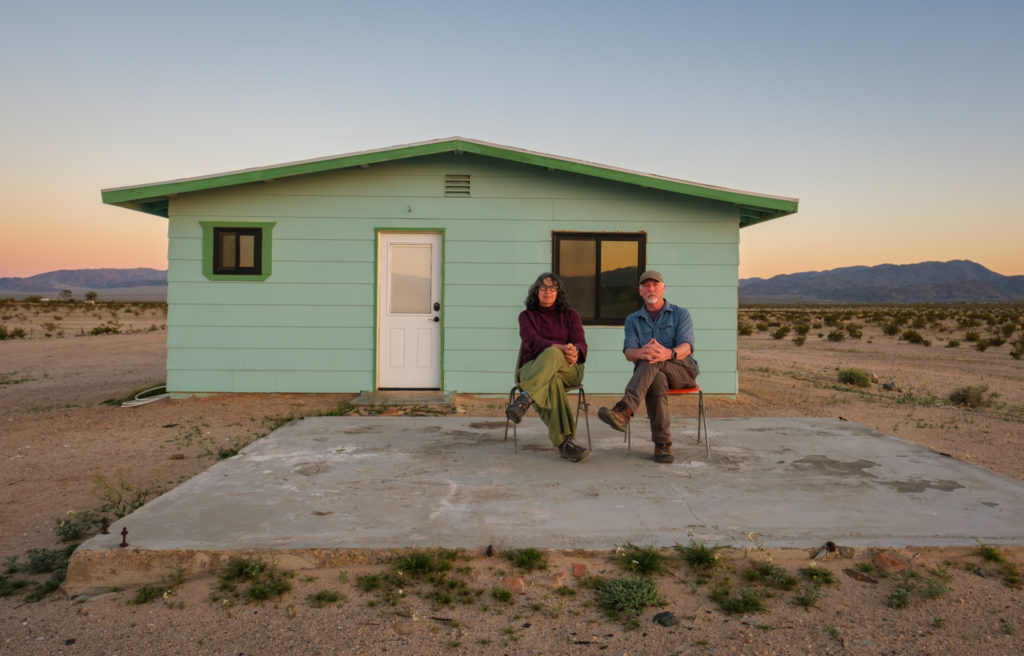
In Twentynine Palms, we visited the “outsider art” sculpture gallery “Glass Outhouse” and wandered through the array of odd things planted in the ground.
We watched the sun go down from Cholla Cactus Garden and Keys View.

In Wonder Valley, we happened upon the Plane With No Wings, and finally found The End of the World.


Just wanted to share some of the pics from the trip, here:
Exploring Vintage lenses
My first vintage lens, recently arrived from Ukraine. This is a 1976 Helios 44mm f2 M-style screw mount (I recently overestimated its age, sorry). Verified not to be radioactive. Amazing how cheap these things are on eBay, but still perfectly serviceable with the right (cheap) adapter. Loving the slightly soft focus, if I can nail it. Some neighborhood shots of Magnolias in bloom.

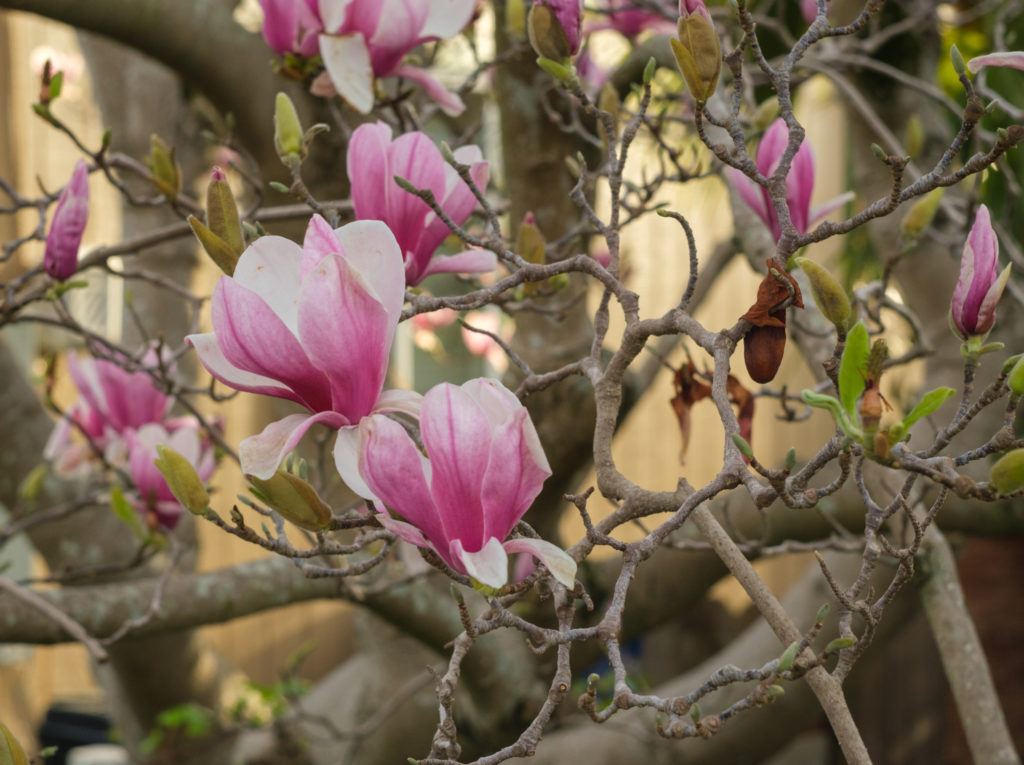
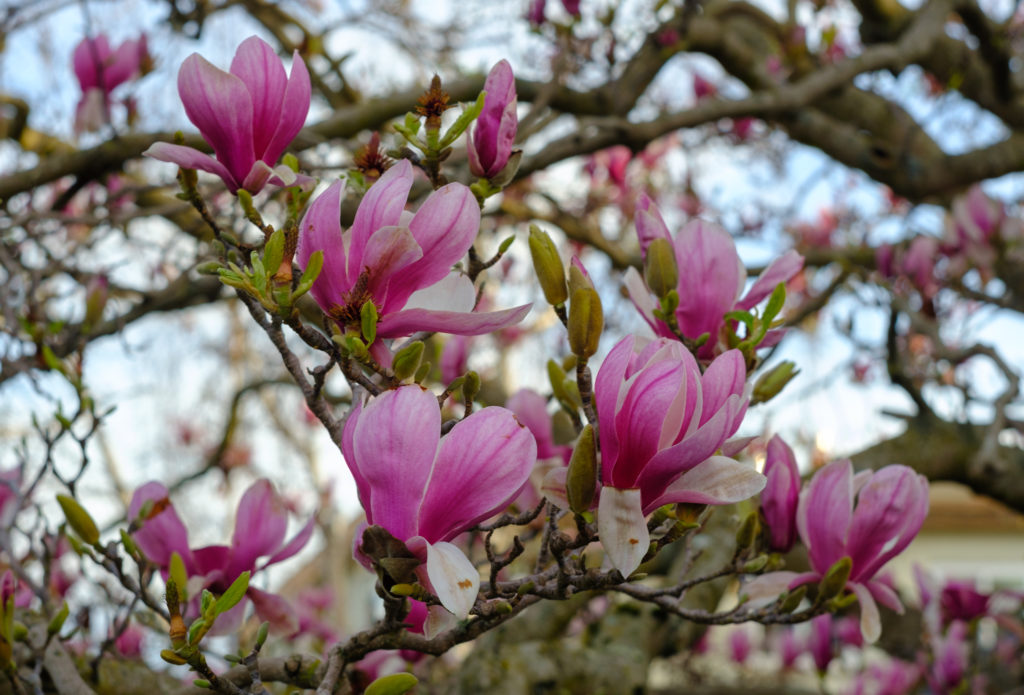
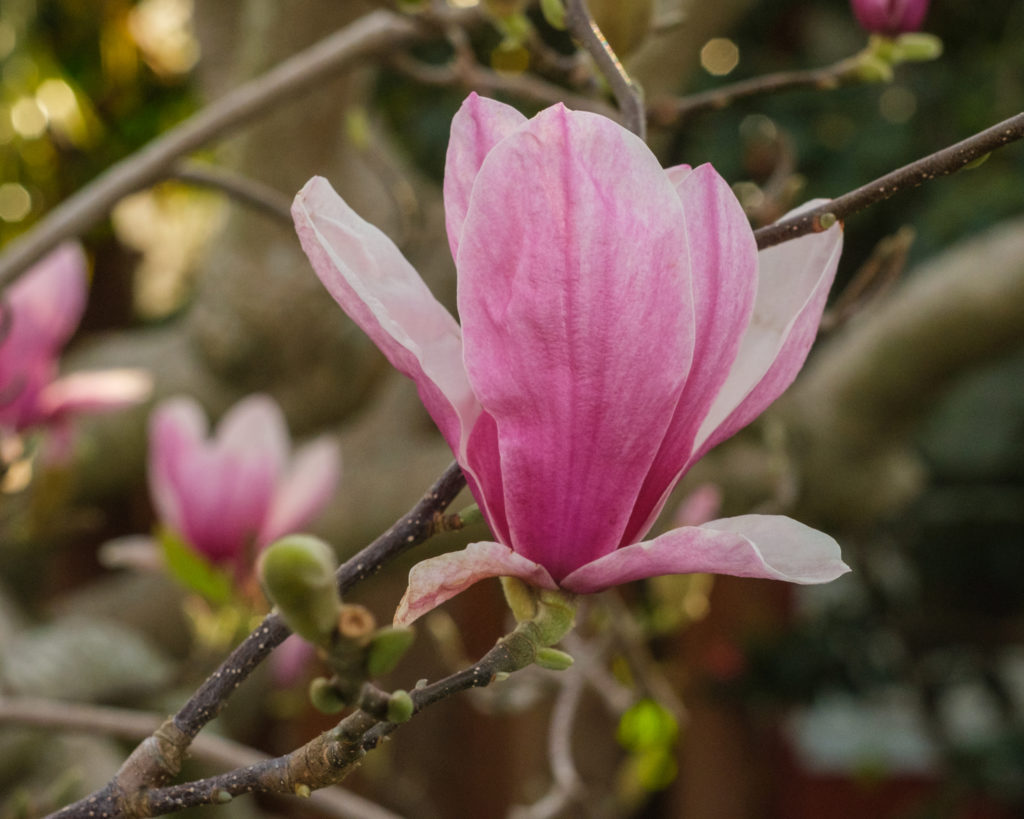
The Minimalist Approach to Photo Collections
I wrote a thing! Common advice for managing photo libraries is to “Keep everything, because you never know.” I have the opposite philosophy, and finally wrote it all down.
For Medium: The Minimalist Approach to Photo Collections
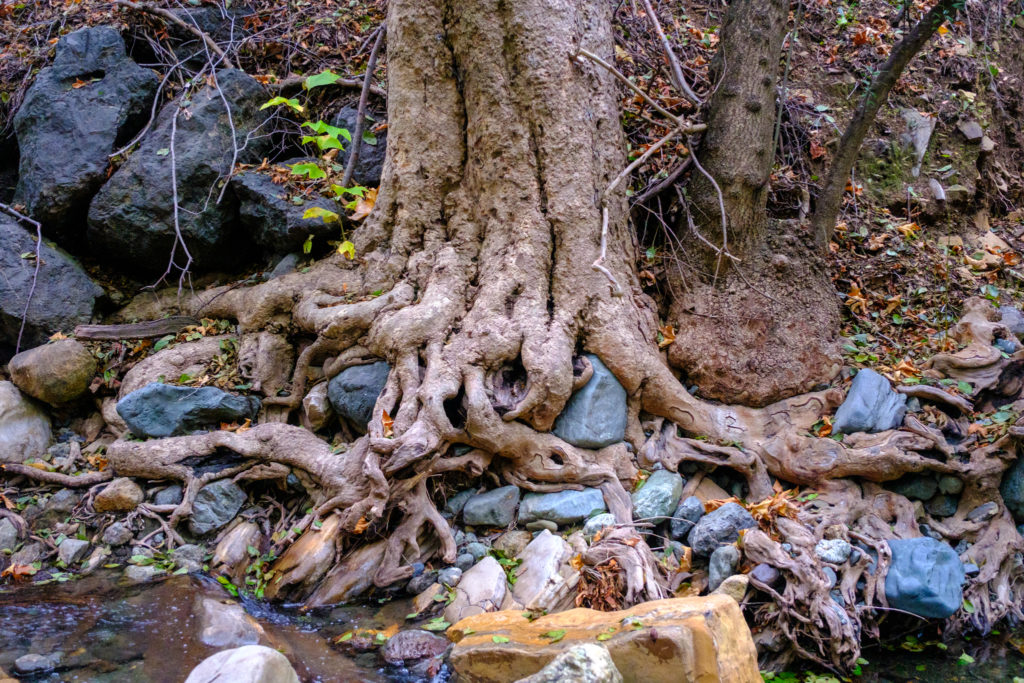
Arrow
Paddling near some broke-down pilings at Rodeo, I suddenly realized there was an arrow stuck into one of them, probably shot from shore who-knows-when. I turned around and there was not a soul on shore, so I was fine, but then imagined what would have happened if I’d been there at the right time, and this sucker had gone through me. And that reminded me of the lyrics to Wings’ “Arrow”: “Ooh, baby, you couldn’t have done a worse thing to me / If you’da taken an arrow and run it right through me. Oooh.” And I love that song, so everything was fine.

Made by the Sea – Adventures in Portugal
I’m so excited! The editor of Fuji X Passion magazine invited me to write a travelogue with pictures, covering our time in Portugal. It took a week of evenings to put it together, and they did a ton of work on layout, EXIF data, etc. I think it came out nicely.
Watercolor by Tom Vaughan
Well that was fun! A watercolor painter named Tom Vaughan on Mastodon contacted me a bit ago and asked whether it would be OK if he made a painting from one of my photographs (from Pierce Point Rd in Pt. Reyes with Paul Porter last November). I said yes, and this is what he posted in response today. He said in advance that he was an amateur and to not expect too much, but I think it’s lovely. He took some liberties, adding the tree and converting dusk to daylight, but that’s part of what makes it his own.
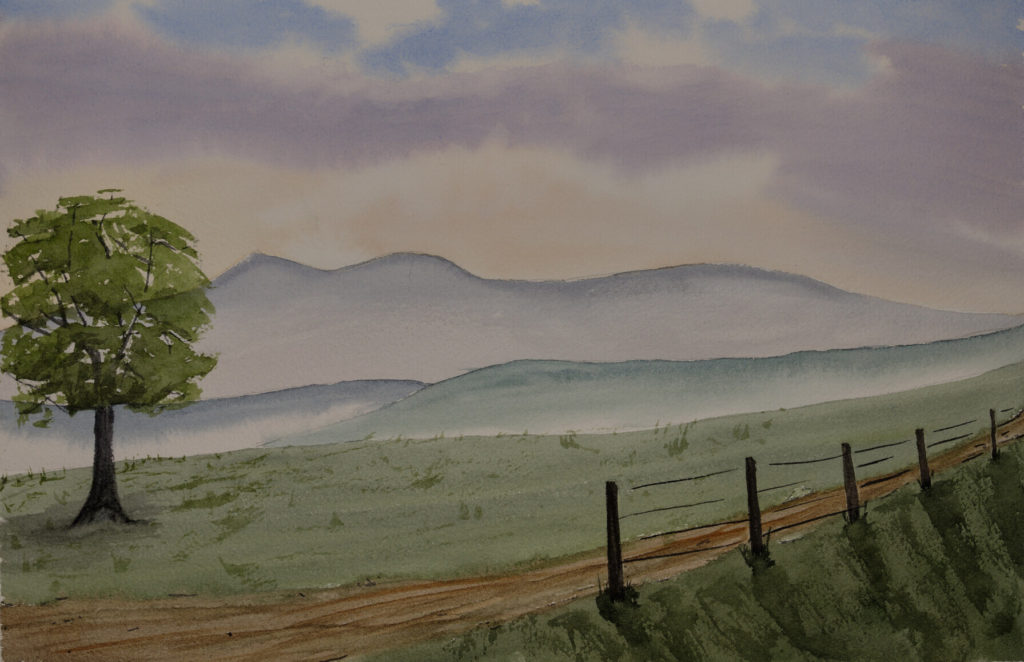
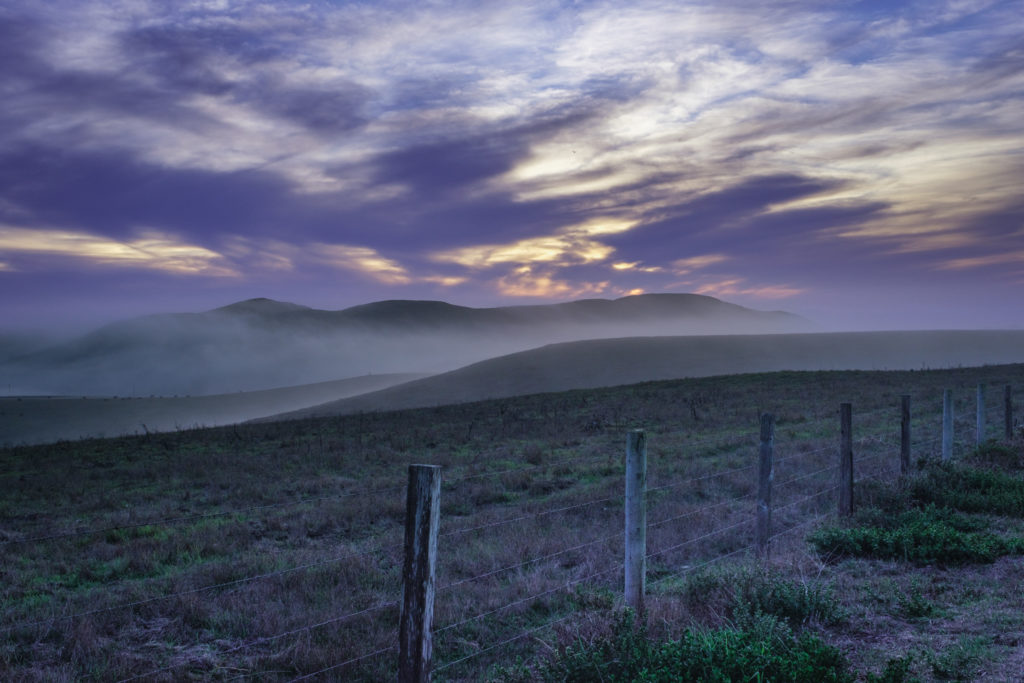
This image at Flickr.
Living with Crutches
Because crutches fully occupy both hands, you can’t carry a damn thing around the house. You never even think about it until suddenly you realize that you:
- Can’t carry a cup of coffee from one room to the next
- Can’t carry a laptop or tablet from the couch to the desk
- Can’t get a plate of food from the kitchen to the table
- Can barely unload the dishwasher, get your clothes in the hamper, pick up a dropped thing, or just about anything else

Which means you’re suddenly heavily dependent on friends and family. Knee-scooters leave your hands free, but only work if your injury allows for bending the knee (mine doesn’t). But it’s amazing how quickly your body and mind adapts and figures out new ways to do old things. Here are a few of the tricks I’ve figured out over the past week:
Coffee cups are out of the question. But if you fill a plastic squirt bottle with hot coffee, you can grip it in your teeth by the nozzle. Then find a plastic coffee cup to hook under one finger, under the crutch handle. Transport both to the next room, then squirt coffee from the bottle to the cup.
Using a backpack indoors is a huge help for transporting laptop, tablet, books and boxes from one place to the next.
For moving plates, plot out a trajectory through the house where two horizontal surfaces are a two-arm length from each other, and “hopscotch” the plate. Your quesadilla can move from one end of the kitchen counter to the other, then from there to the phone table, and from there around the corner to the light desk in the LR and from there to the coffee table. If you’re lucky enough to have a series of flat surfaces in proximity to each other, anyway. Then all you have to do is stop between each “step” and transfer the dish between arms to the next surface until the destination is accomplished. Huge hassle, but do-able.
Towels and clothes and other soft things can be draped around the neck and carried that way if the backpack isn’t handy.
Don’t be afraid to use crutches like giant chopsticks, to lift things a few feet away to you, or to drag something across the floor towards your feet. Way easier than going through the hassle and grunt of the one-legged stand-up.
Also worth learning: How to use crutches asymmetrically to help with “pivots” and turns. If you have an old house with narrow bathroom doors (like we do), learning to crabwalk sideways can be super helpful. Since you’ll need to pee in the middle of the night, get good enough at the crab walk to do this in the dark, half-asleep.
For the inevitable stairs, slow way the hell down. Falling down stairs is approximately the worst thing that could happen right now, and it’s not worth trying to move quickly. You’ve probably got one leg that needs to stay straight, so this will be a one-leg-at-a-time maneuver. Upstairs is much easier than downstairs. When going downstairs, plant both crutches on the next step, toward its outer edge to maximize your support triangle. After transferring weight to the crutches, put the straight leg down first and balance, then quickly hop the good leg down to join it. Lather, rinse, repeat.
One last thing to internalize completely: Do not try and support your body weight from the armpits! The armpit pads are only there to keep the crutches in place – all of your weight must go on the handgrips, or your pits will be sore and unusable by the end of the first day.
I’m feeling a lot more capable after a week on crutches. Wouldn’t wish it on anyone, but things that seemed impossible at first are becoming possible. Hanging in there.
Cross-posting to image services (made easy)
Every day, twice a day, I post one of my photographs to Instagram, Glass, Vero, Flickr, Facebook and Mastodon. The whole process takes about 10 minutes and involves no exporting. A friend asked how this was possible, and I thought it would make more sense to record the workflow as a video rather than trying to explain, so I’ve done that here. Hope someone finds it useful!
Hemispheric Views
Last week I was invited to be a guest on a “tech-adjacent” podcast called Hemispheric Views. We spent an hour in a rolicking conversation about my involvement with BeOS, early days at Ziff-Davis, my love of Flickr and Glass and adventure photography, and other topics. I was super nervous but it turned out to be a blast. The episode dropped today and turned out very well! The hosts are a great group guys – sharp, with a wonderful sense of humor.
Listen here, or subscribe.
